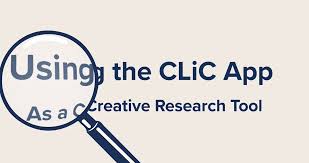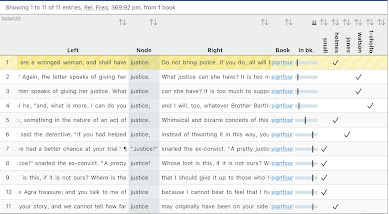Mahesh Dattani's Play "Final Solutions"
Hello everyone, This blog is part of thinking activity assigned by prakruti mam on the Mahesh Dattani's play "final solution". Which was performed by my classmates. So here's my insight on the play.
Introduction:
Mahesh Dattani, a pioneering Indian playwright, is known for his courageous exploration of taboo topics within Indian society. His play Final Solutions, first performed in 1993, delves into the complex dynamics of communalism and religious intolerance. Set against the backdrop of post-independence India, the play scrutinizes the long-standing tensions between Hindu and Muslim communities, unraveling the layers of mistrust and prejudice that have seeped into the fabric of society. Through sharp dialogues and compelling characters, Dattani compels us to confront the uncomfortable truths about the biases and fears that persist across generations.
The Importance of Performing Drama
The play was performed by classmates which was prepared by the guidance of alpa mam, for more insight of drama mam conducted a drama workshop. Drama, particularly when performed, holds a unique power to mirror society and provoke introspection. It is a form of storytelling that transcends the written word, engaging audiences on a visceral level. The immediacy of live performance allows for a collective experience, where emotions are shared and reflected upon in real-time. In the case of Final Solutions, performing the drama on stage amplifies its impact, forcing the audience to witness the rawness of human emotions, the complexity of intergenerational conflict, and the painful repercussions of prejudice. The play serves as both a mirror and a catalyst, encouraging dialogue and fostering understanding in a way that is both immediate and deeply personal.
Manipulation of Time and Space in "Final Solutions"
Mahesh Dattani's Final Solutions is a masterclass in the manipulation of time and space within the dramatic framework. Dattani skillfully blurs the lines between past and present, creating a non-linear narrative that reflects the cyclical nature of history and the lingering impact of past traumas on the present. The play oscillates between different time periods, moving seamlessly from the events of the 1947 Partition to the communal riots of the 1990s. This manipulation of time serves to underscore the idea that history is not a distant memory but a living force that continues to shape the present.
Space, too, is manipulated to enhance the play's thematic concerns. The set is minimalist, with key elements like the family home representing both a physical space and a symbolic one. The home is a microcosm of the larger society, where internal conflicts mirror the external communal tensions. The use of a mobile set that can transform into different spaces—a street, a riot scene, or a prayer room—reflects the fluidity of the characters' realities and the overlapping of public and private spheres. Dattani also uses stagecraft techniques such as lighting and sound to demarcate shifts in time and space, further immersing the audience in the emotional and psychological landscapes of the characters.
The Complexity of Guilt in "Final Solutions"
Guilt is a pervasive theme in Final Solutions, intricately woven into the fabric of the characters' lives. Each character grapples with their own sense of guilt, which manifests in different ways and shapes their actions and relationships. For instance, the character of Hardika, the elderly matriarch, carries the guilt of her past actions during the Partition, which continues to haunt her in the present. Her guilt is not just personal but collective, representing the inherited trauma and unresolved tensions passed down through generations.
Aruna, another central character, experiences guilt through her complicity in maintaining the status quo and her failure to challenge the prejudices that have been ingrained in her by society. Her guilt manifests in her rigid adherence to religious practices and her discomfort with her daughter-in-law's more liberal views. This internal conflict between tradition and modernity is a source of tension in her relationships, particularly with her son and daughter-in-law.
Dattani uses the concept of guilt not only to develop his characters but also to critique the larger societal structures that perpetuate communalism. The characters' guilt is a reflection of the collective guilt of a society that has allowed these divisions to fester. It is through their interactions and the gradual unearthing of buried secrets that the audience is forced to confront the uncomfortable realities of their own prejudices.
Conclusion:
Mahesh Dattani's Final Solutions is a powerful exploration of the complexities of human emotions and societal conflicts. Through his manipulation of time and space, Dattani creates a multi-layered narrative that challenges the audience to reflect on the cyclical nature of history and the enduring impact of communal tensions. The exploration of guilt within the play adds another layer of depth, revealing the intricate ways in which this emotion shapes the characters' actions and relationships.
Performing *Final Solutions* on stage brings these themes to life in a way that is both immediate and impactful. It serves as a reminder that the stories we tell, and the ways in which we tell them, have the power to provoke change, foster understanding, and ultimately, bring us closer to the truth. In a world where divisions continue to deepen, the play's message is more relevant than ever, urging us to confront our biases and work towards a more inclusive and empathetic society.
.jfif)
.jfif)










.jfif)
.jfif)

.jfif)

